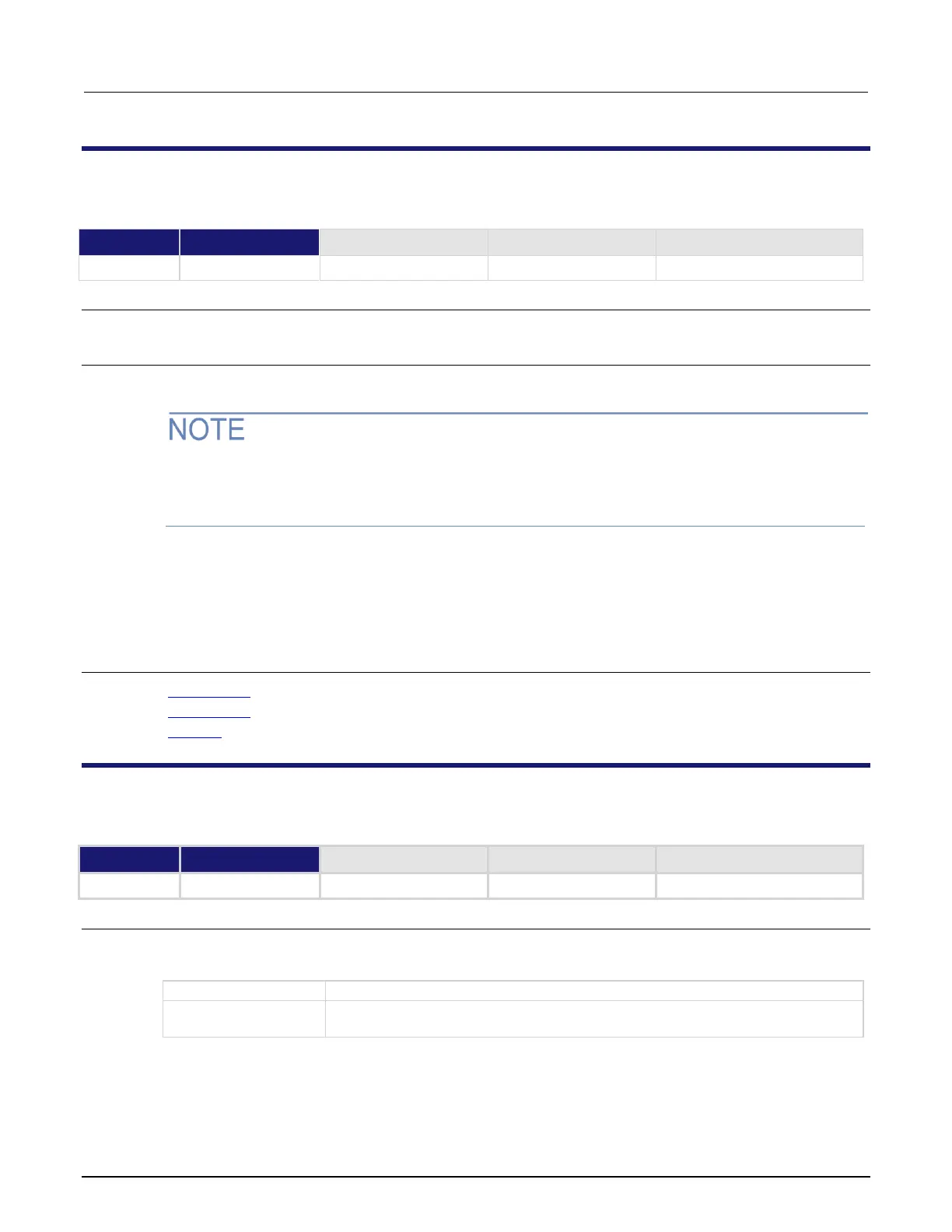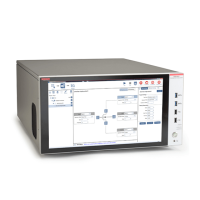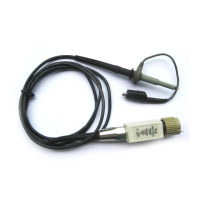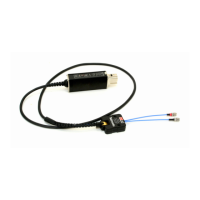Usage
io.flush()
Details
You must use the io.flush() or io.close() functions to write data to the file system.
Data is not automatically written to a file when you use the io.write() function. The io.write()
function buffers data; it may not be written to the USB flash drive immediately. Use the io.flush()
function to immediately write buffered data to the drive.
This function only flushes the default output file.
Using this command removes the need to close a file after writing to it and allows it to be left open to
write more data. Data may be lost if the file is not closed or flushed before an application ends. To
prevent the loss of data if there is going to be a time delay before more data is written (and when you
want to keep the file open and not close it), flush the file after writing to it.
Also see
fileVar:flush() (on page 9-95)
fileVar:write() (on page 9-99)
io.write() (on page 9-123)
io.input()
This function assigns a previously opened file, or opens a new file, as the default input file.
A string representing the path of a file to open as the default input file, or the file
descriptor of an open file to use as the default input file

